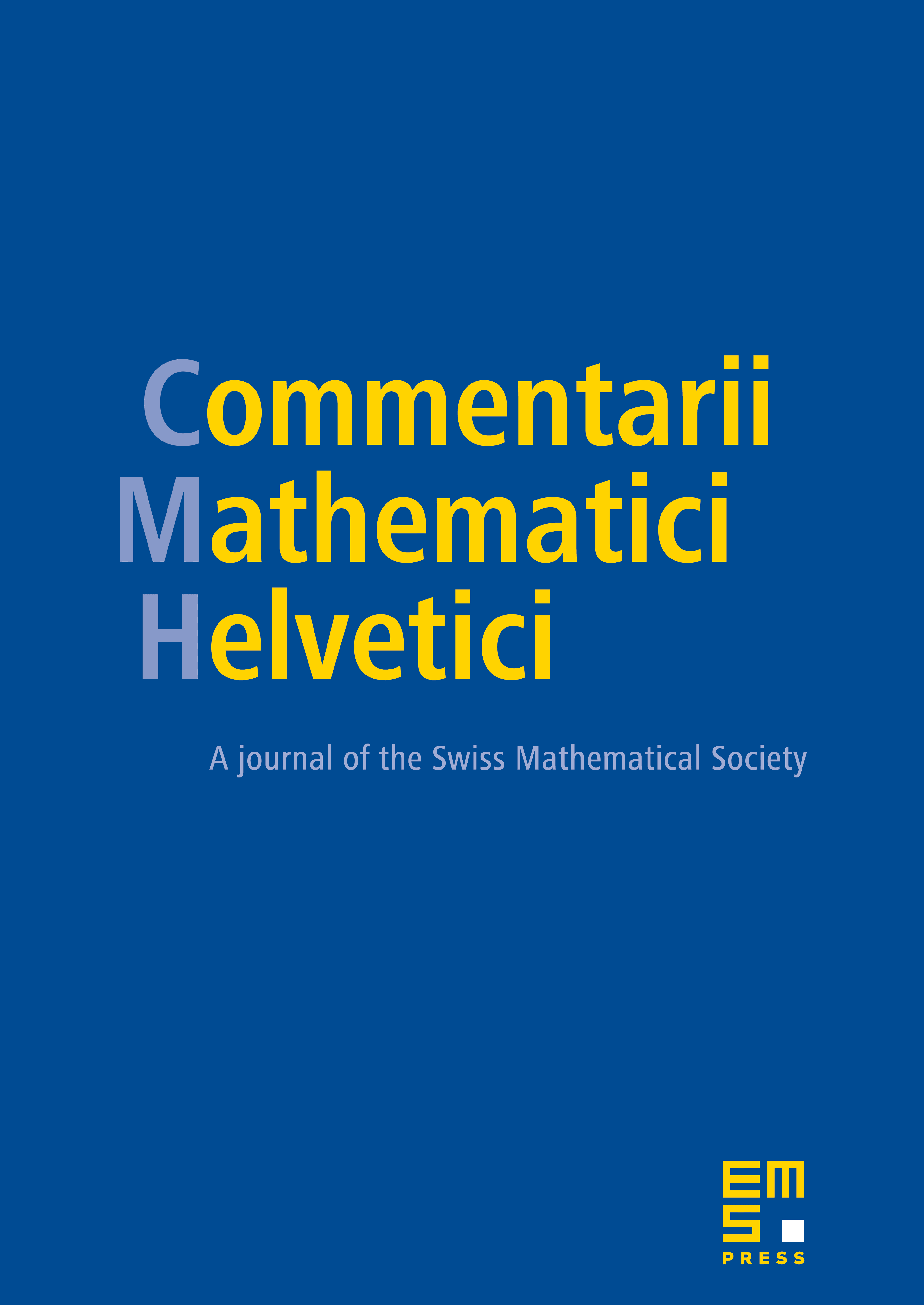Four-manifold systoles and surjectivity of period map
Mikhail G. Katz
Bar-Ilan University, Ramat-Gan, Israel

Abstract
P. Buser and P. Sarnak showed in 1994 that the maximum, over the moduli space of Riemann surfaces of genus , of the least conformal length of a nonseparating loop, is logarithmic in . We present an application of (polynomially) dense Euclidean packings, to estimates for an analogous 2-dimensional conformal systolic invariant of a 4-manifold with indefinite intersection form. The estimate turns out to be polynomial, rather than logarithmic, in , if the conjectured surjectivity of the period map is correct. Such surjectivity is targeted by the current work in gauge theory. The surjectivity allows one to insert suitable lattices with metric properties prescribed in advance, into the second de Rham cohomology group of , as its integer lattice. The idea is to adapt the well-known Lorentzian construction of the Leech lattice, by replacing the Leech lattice by the Conway-Thompson unimodular lattices which define asymptotically dense packings. The final step can be described, in terms of the successive minima of a lattice, as deforming a -bound into a -bound, illustrated by Figure 1.
Cite this article
Mikhail G. Katz, Four-manifold systoles and surjectivity of period map. Comment. Math. Helv. 78 (2003), no. 4, pp. 772–786
DOI 10.1007/S00014-003-0774-9